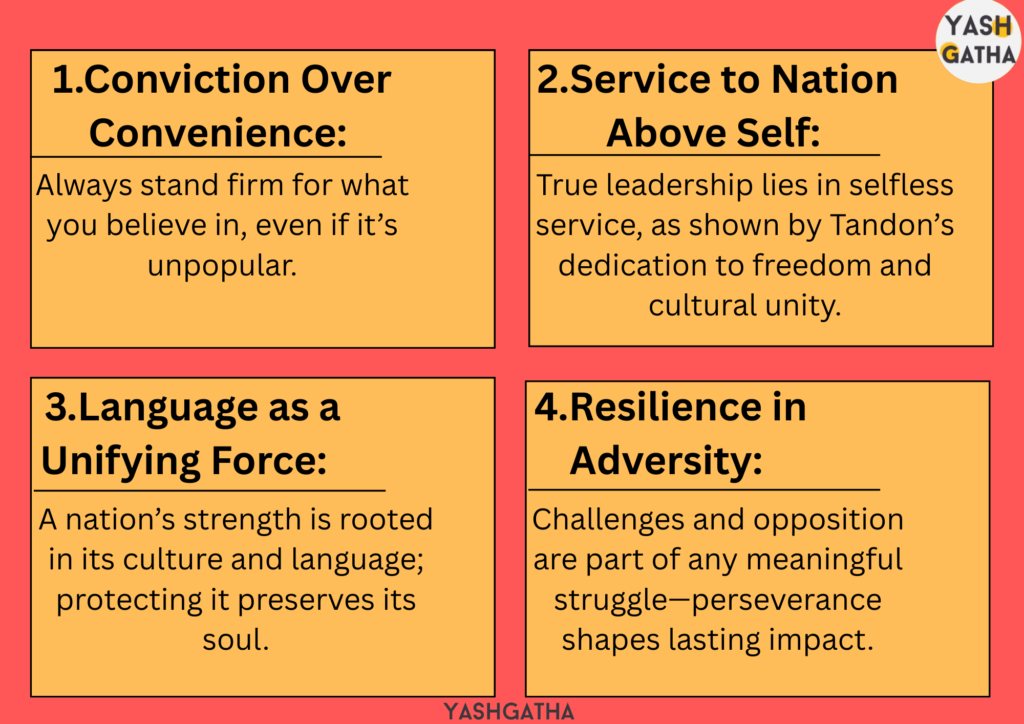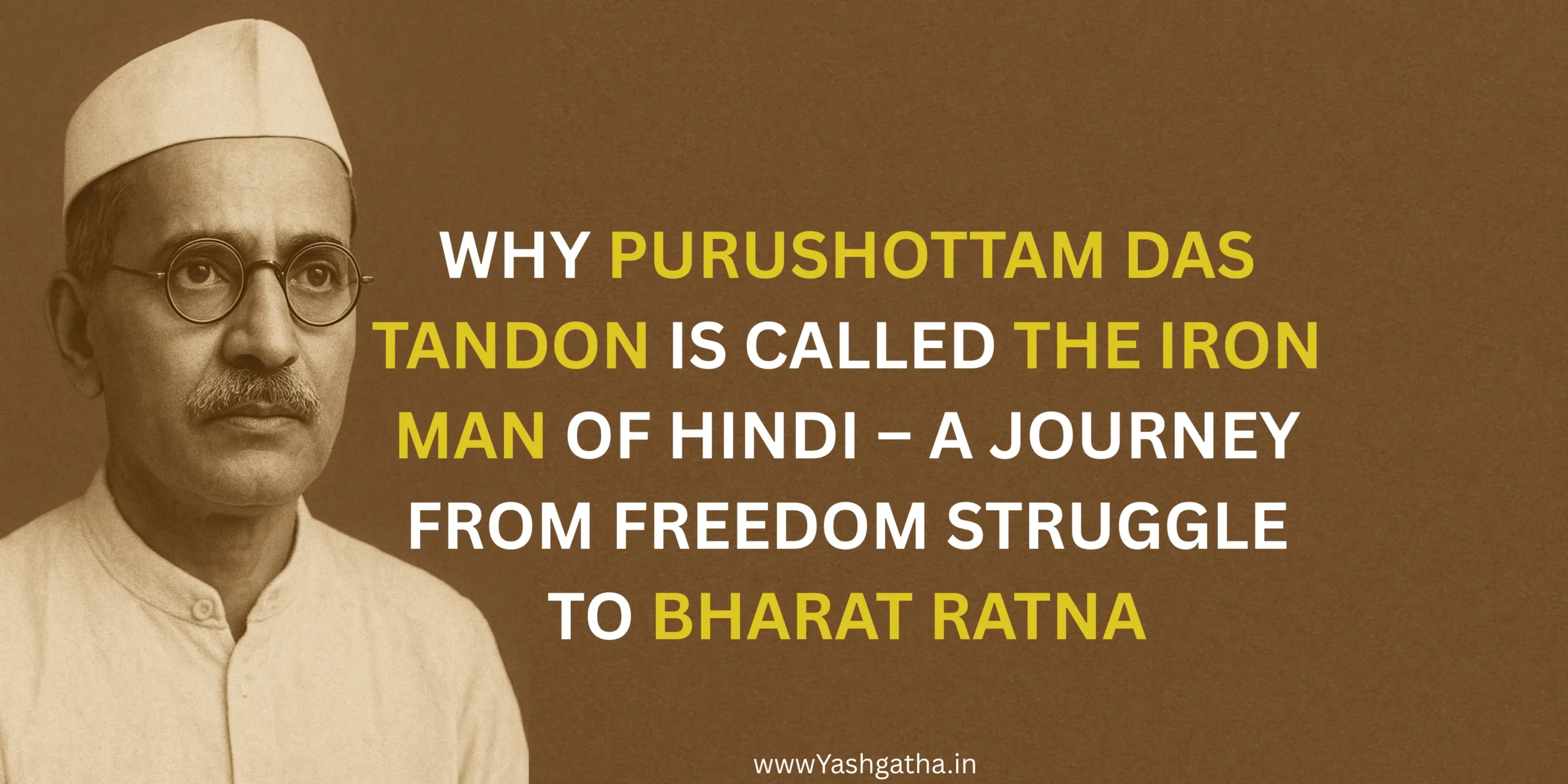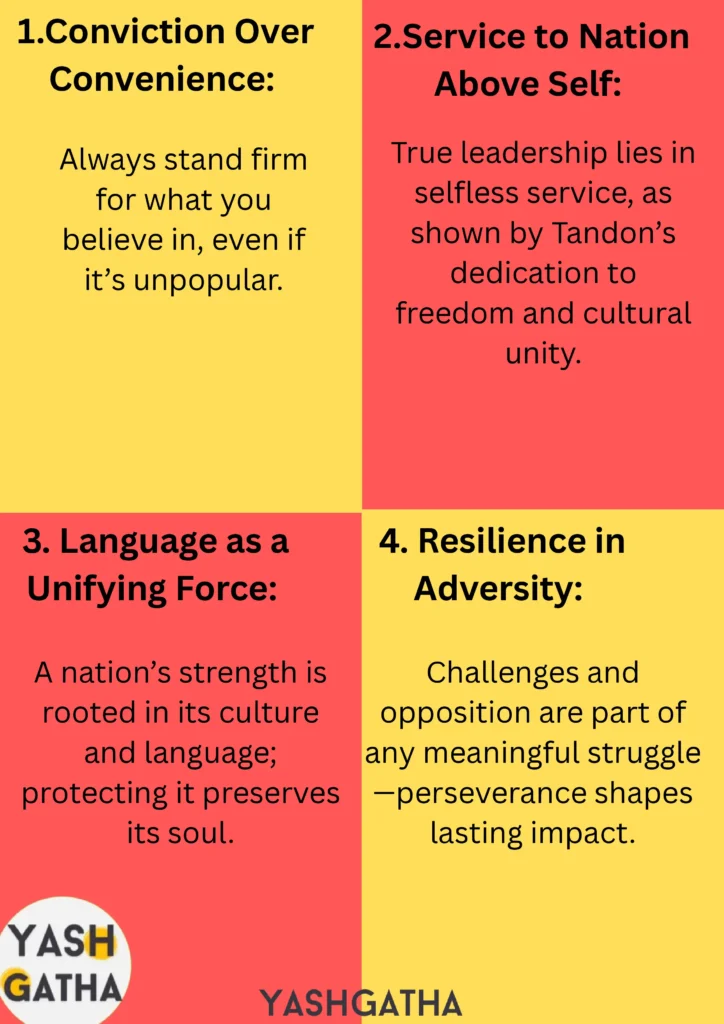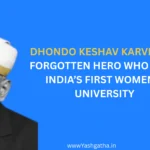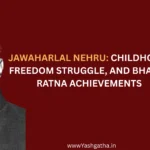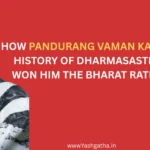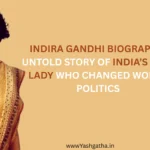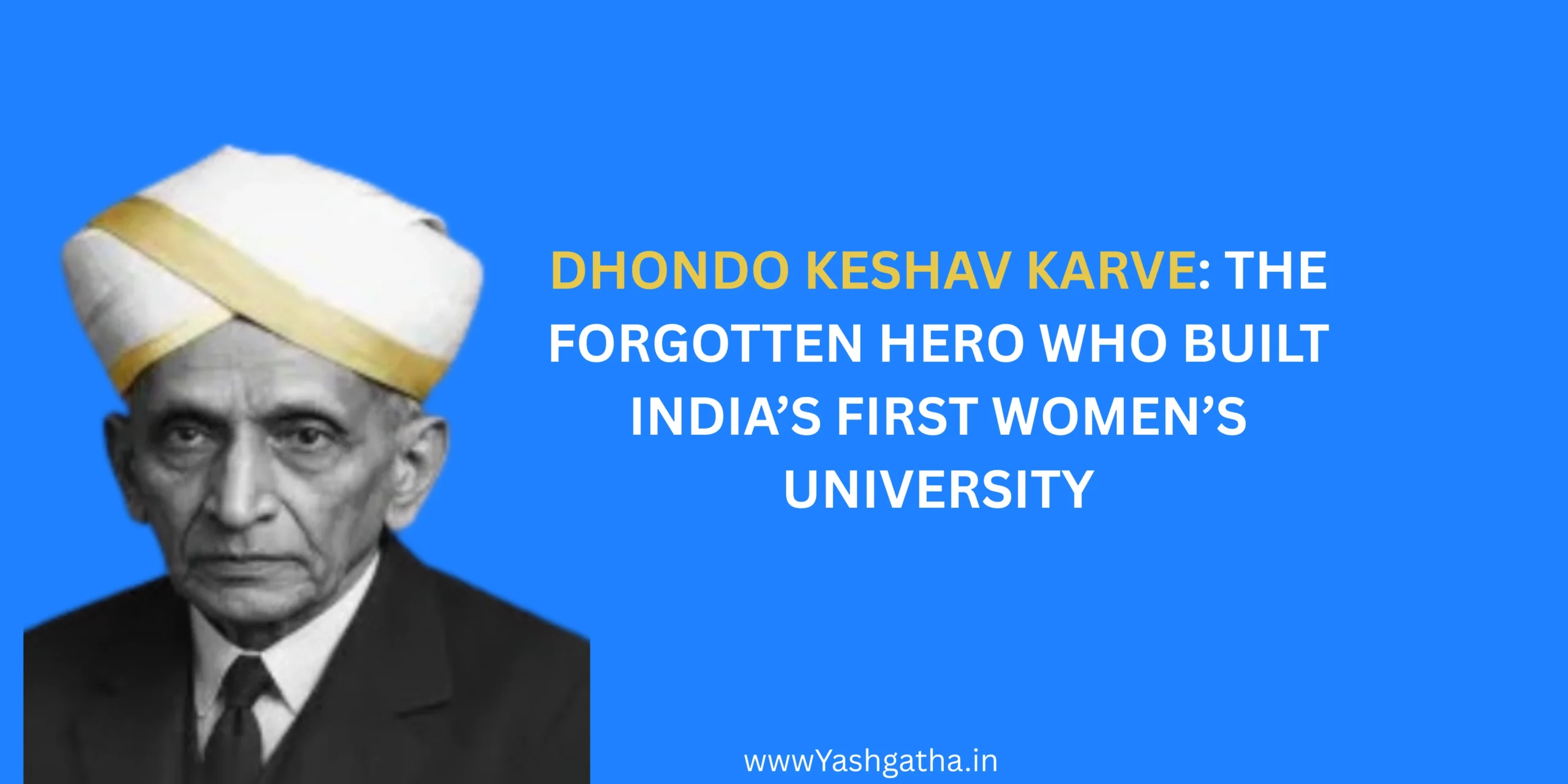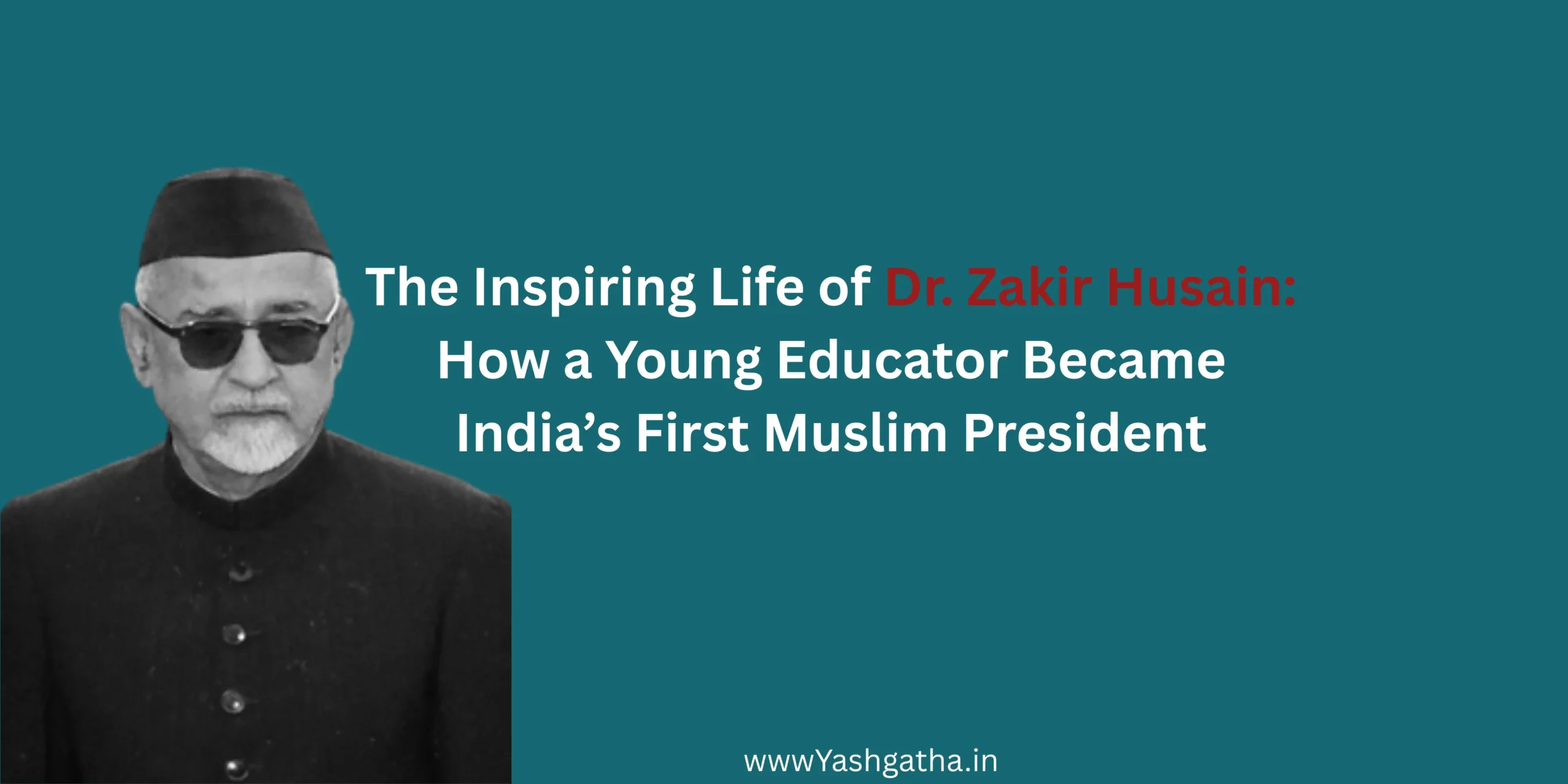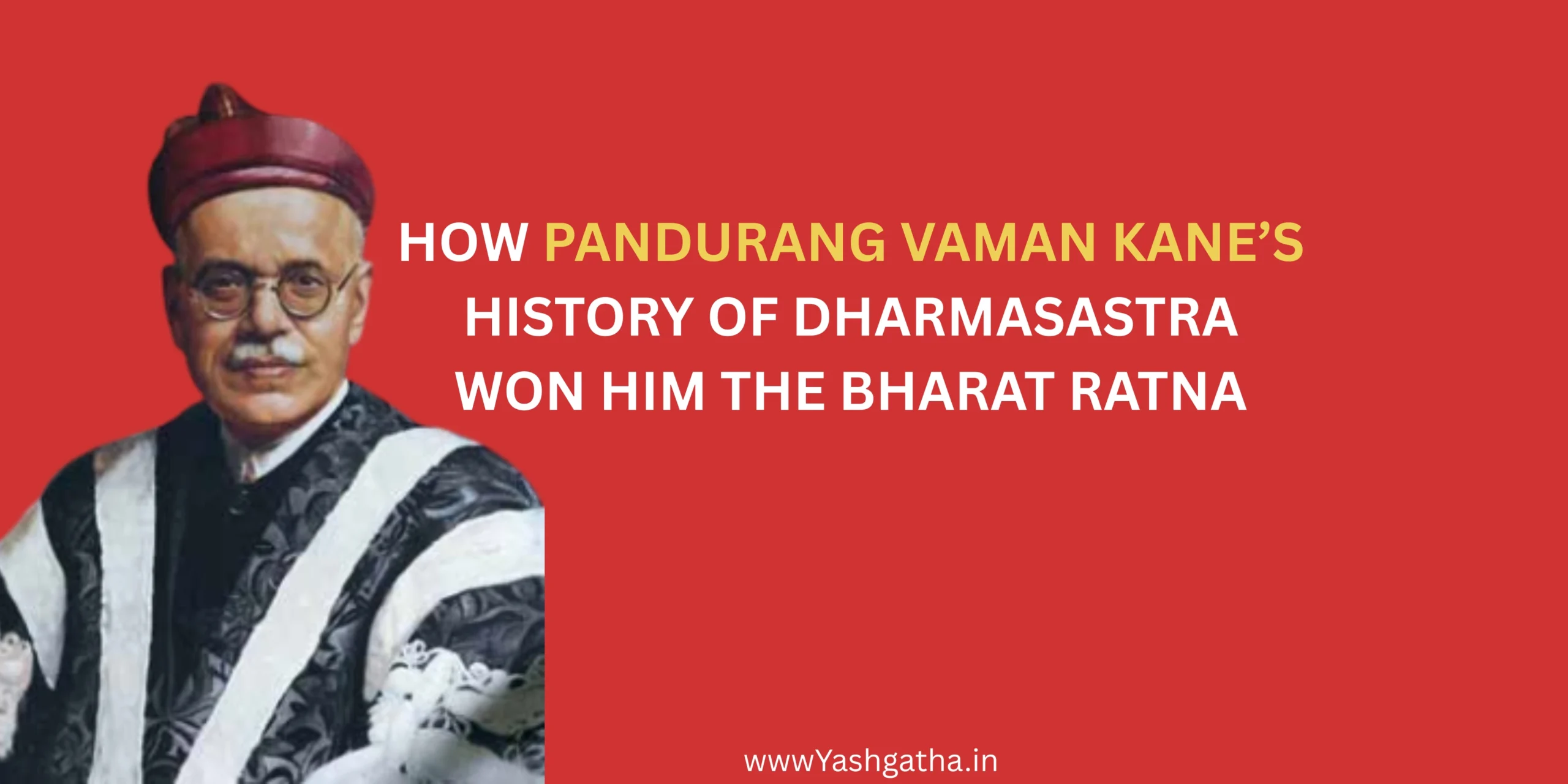Purushottam Das Tandon, fondly remembered as Rajrishi Tandon, was a freedom fighter, educationist, and language reformer from Allahabad (now Prayagraj), Uttar Pradesh, who dedicated his life to the promotion of Hindi as India’s national language; in recognition of his immense contribution to the nation’s cultural and educational identity, he was honored with the Bharat Ratna, India’s highest civilian award, in 1961.
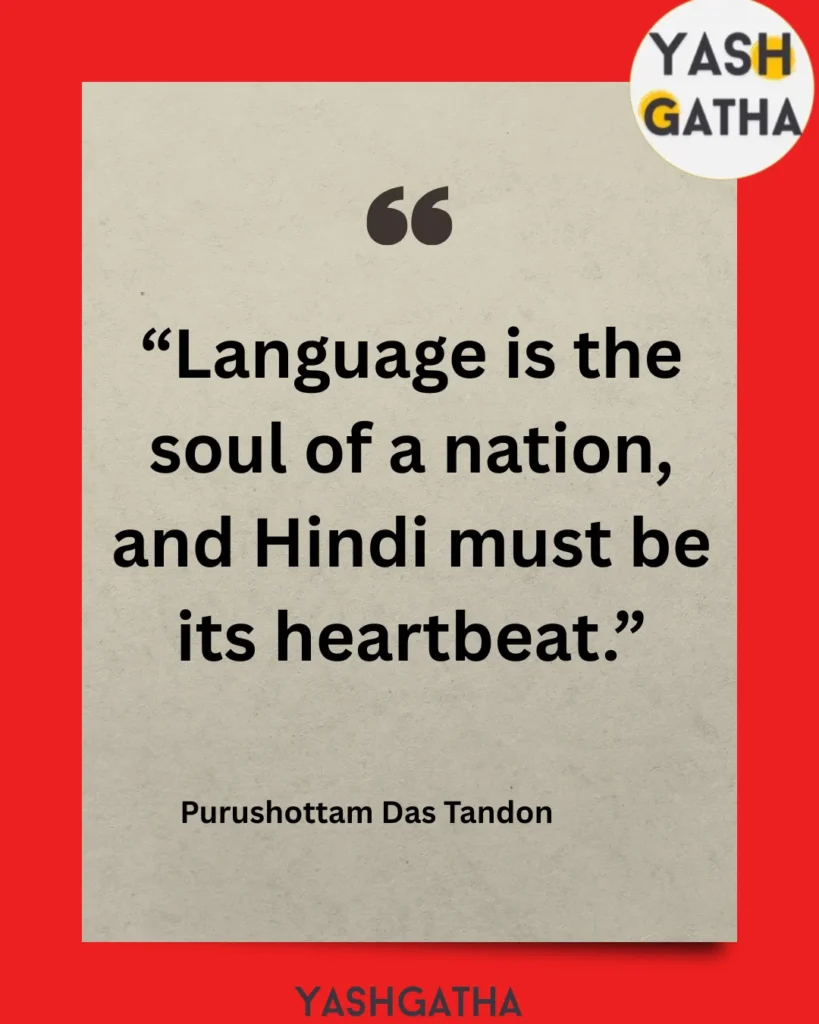
Purushottam Das Tandon, fondly known as Rajrishi Tandon, was not just a freedom fighter but a champion of India’s cultural identity. A fearless advocate of the Hindi language, he dedicated his life to uniting the nation through its mother tongue. From leaving behind a flourishing legal career to enduring imprisonment during the freedom struggle, Tandon’s journey is a testament to his unwavering patriotism. Honored with the Bharat Ratna in 1961, his legacy continues to inspire every Indian who values language, culture, and national unity.
Early Life & Challenges :
Purushottam Das Tandon was born on 1 August 1882 in Allahabad (now Prayagraj), Uttar Pradesh, into a modest middle-class family deeply rooted in culture and values. From a young age, he showed brilliance in academics and went on to pursue law, eventually establishing himself as a practicing advocate.
But while his professional path promised prestige and stability, Tandon’s heart was drawn toward India’s freedom movement. Inspired by leaders like Bal Gangadhar Tilak and Mahatma Gandhi, he left behind his flourishing legal career to dedicate himself to the struggle for independence.
His challenges, however, went far beyond the fight against British rule. Tandon had to face multiple imprisonments, financial hardships, and political resistance. Yet, one of the greatest hurdles of his life came from within India itself—his unwavering advocacy for Hindi as the national language often sparked heated debates and opposition.
Despite criticism, Tandon stood firm. He believed that a common language would serve as the cultural glue of a diverse nation, and without it, true unity could never be achieved. His resilience in the face of opposition earned him the title of “Rajrishi” (sage-like statesman), symbolizing his dedication to principle over power.
The Turning Point :
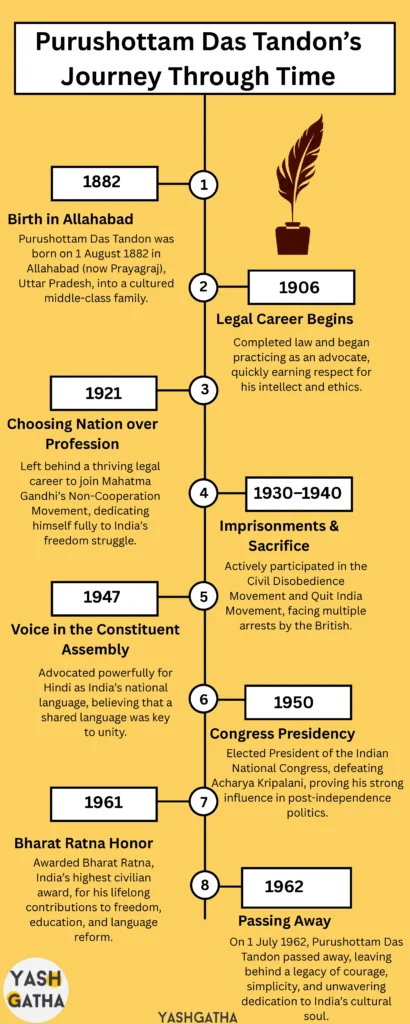
The Recognition & Award :
Purushottam Das Tandon’s lifelong dedication to India’s freedom struggle, education, and the promotion of Hindi earned him national and international acclaim. His most prestigious recognition came in 1961, when he was awarded the Bharat Ratna, India’s highest civilian honor.The award acknowledged not just his political contributions, but also his role as a cultural reformer and educationist who believed that the soul of a nation resides in its language.

credit:Bharat Mata Mandir
Highlights of His Recognition:
- Honored with Bharat Ratna in 1961 for outstanding service to the nation.
- Recognized as “Rajrishi Tandon” for his sage-like approach to politics and ethics.
- Celebrated for tirelessly advocating Hindi as the national language, shaping India’s linguistic policy.
- His legacy continues to inspire leaders, educators, and language reformers across India.
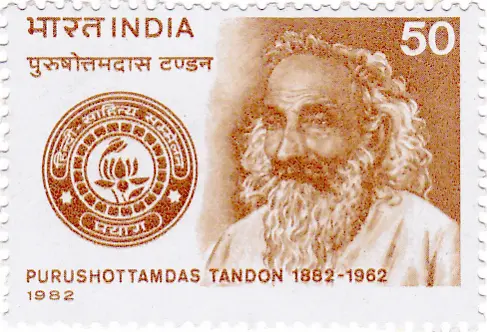
credit:wikipedia
What Changed After the Awards :
Receiving the Bharat Ratna in 1961 elevated Purushottam Das Tandon’s influence and allowed him to further strengthen his contributions to the nation. Key changes and impacts after the award include:
- National Recognition: Cemented his status as one of India’s most respected freedom fighters and cultural leaders.
- Language Advocacy Intensified: Continued championing Hindi as the national language, influencing education and policy.
- Political Influence: Gained greater authority and respect within the Indian National Congress and public life.
- Cultural Icon Status: Widely admired as “Rajrishi Tandon”, inspiring future generations of leaders and educators.
- Legacy Expansion: His work in education and cultural reform gained nationwide attention, leading to broader public engagement.
Yashgatha Takeways:
Purushottam Das Tandon’s life is a treasure trove of inspiration. From his journey, we can draw several powerful lessons:
